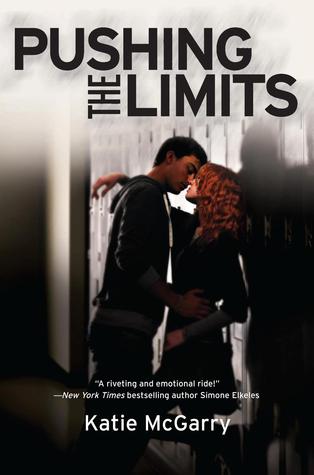Purple Prose:
emotion
Books You Can’t Stop Thinking About: Part One

Sleeping with Symbolism

Finding Magic in Doggie Doo (Aka Your Writing)

One, Two, Three to Analyzing Great Stories

Emotion Behind Story: Part Two

Emotion Behind Story: Part One

Writerly Quotes: Emotions

Power Words Save the Day

On the Dark Side: Adding Dimension

Expanding Beyond Your Genre (and meet Brad Pitt)

Have Fun with Subtext (and Make Others Sweat)

The Twelve Days of Christmas for Writers: Day One

Tip # 97: Color Your World

What the @#*!? (or Dealing with Critiques)

Page Turners in Romance (YA and adult)

Emotional Conflict

Get Corked: The Screenwriters’ Trick for Plotting

The Emotional Structure of Tangled: Part Two

The Emotional Structure of Tangled: Part One

Emotional Contrasts
